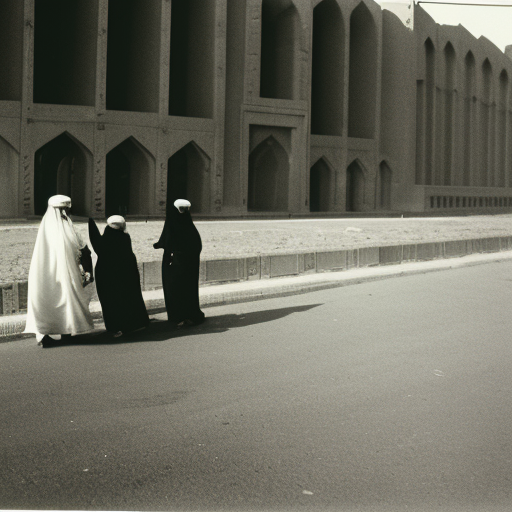Summary:
The Iran-Saudi Arabia proxy conflict refers to the ongoing rivalry between Iran and Saudi Arabia, which has played out through various proxy wars and conflicts in the Middle East. The conflict is primarily fueled by religious and geopolitical differences, with Iran being predominantly Shia and Saudi Arabia being predominantly Sunni. This rivalry has had significant implications for regional stability and has exacerbated tensions in countries such as Syria, Yemen, and Lebanon.
Background:
The conflict between Iran and Saudi Arabia dates back to the Islamic Revolution in Iran in 1979, which led to the establishment of an Islamic Republic under Ayatollah Khomeini. This event challenged the conservative Sunni-led monarchy in Saudi Arabia and threatened its influence in the region. Since then, the two countries have been engaged in a struggle for regional dominance, with each seeking to promote its own brand of Islam and expand its influence.
Proxy Wars:
One of the main ways the Iran-Saudi Arabia conflict has played out is through proxy wars. In Syria, Iran has supported the government of Bashar al-Assad, who belongs to the Alawite sect, an offshoot of Shia Islam. On the other hand, Saudi Arabia has backed various rebel groups fighting against the Syrian government. This has turned the Syrian civil war into a sectarian conflict, with Iran and Saudi Arabia supporting opposing sides.
In Yemen, the conflict escalated in 2015 when a Saudi-led coalition launched a military intervention against Houthi rebels who had taken control of the capital, Sanaa. The Houthis are seen as an Iranian proxy, and Saudi Arabia feared their rise would give Iran a foothold on its southern border. The war in Yemen has resulted in a humanitarian crisis, with thousands of civilians killed and millions displaced.
Regional Power Struggle:
The Iran-Saudi Arabia conflict is also driven by a broader power struggle for regional dominance. Both countries seek to be the dominant power in the Middle East and have engaged in a competition for influence in countries such as Lebanon and Iraq. In Lebanon, Saudi Arabia has supported Sunni political groups, while Iran has backed Hezbollah, a Shia militant group. This has contributed to political instability and sectarian tensions in the country.
In Iraq, Iran has exerted significant influence through its support for Shia militias and political parties. Saudi Arabia, on the other hand, has sought to counter Iran’s influence by supporting Sunni groups. This rivalry has complicated efforts to stabilize Iraq and has contributed to sectarian divisions.
Implications:
The Iran-Saudi Arabia proxy conflict has had far-reaching implications for regional stability and security. The rivalry has exacerbated sectarian tensions and fueled conflicts in countries across the Middle East. It has also hindered efforts to resolve ongoing conflicts, such as the Syrian civil war and the Yemeni conflict.
Furthermore, the conflict has strained relations between Iran and Saudi Arabia’s allies. The United States, for example, has been caught in the middle, as it has close ties with Saudi Arabia but also seeks to engage with Iran. This has made it difficult for the international community to effectively address the root causes of the conflict and find diplomatic solutions.
In conclusion, the Iran-Saudi Arabia proxy conflict is a complex and multifaceted rivalry that has had significant implications for the Middle East. The conflict is driven by religious and geopolitical differences and has played out through proxy wars and regional power struggles. Resolving this conflict will require diplomatic efforts and a commitment to addressing the underlying issues that fuel the rivalry.












